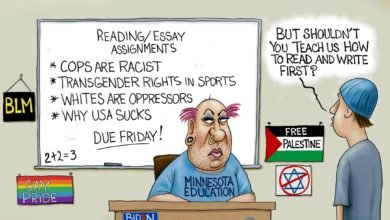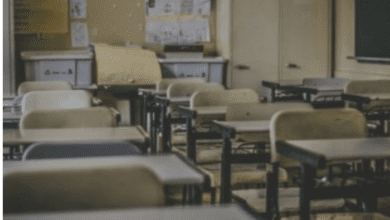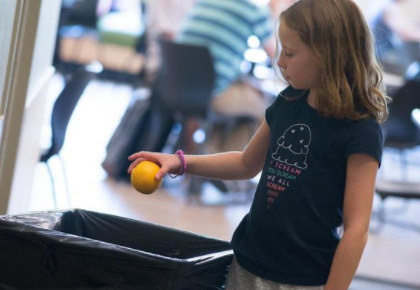How to Make History Engaging for College Students: Top 5 Interactive Learning Strategies
History is an essential subject for students to learn at all levels of education. In general, studying this course is not always interesting. Therefore, educators must find ways to make history education engaging for learners. Doing this increases interest in this course. It will also encourage more people to study it as a major or minor. If you are an educator, you will find this article helpful as it presents the top 5 interactive learning strategies for making history engaging for college students.
Multimedia Presentations
At their young age, most students are not interested in learning about the past. They are generally intrigued about things happening now. If you want to catch their attention, you will want to use multimedia presentations when delivering lectures. In particular, you should consider including more visuals such as images, videos, tables and graphs.
Strategic use of these elements allows you to give learners an immersive experience. Furthermore, creating a presentation is super easy. There are multiple apps you can use to present information. Similarly, it is easy to order an essay from a writing platform. This website has experienced writers capable of delivering content in a timely fashion.
Role-play
Role-play is a unique event suitable for engaging students. In particular, this activity can be a helpful tool for engagingly presenting historical events. With role-play, learners get to portray characters from different points in history. In some cases, you can ask learners to dress up in the same way as the characters they are embodying. Presenting events this way transforms learners’ thinking about the period in question. In addition, it should simplify complex historical narratives by putting things into perspective.
Field Trips
In some cases, the best way to present past events is through field trips. Doing this takes students out of the classroom to somewhere exciting. A typical field trip may involve a journey to museums, archives, or sites of historical significance. Using this hands-on approach brings history to life by putting students in the shoes of historical figures. Also, it creates connections with the past and aids with comprehension. In addition, a field trip allows your learners to interact and bond with each other. Therefore, you may see more students taking up history as their major simply because they want to participate in more group activities. Learners interested in taking this course as a major can access more info to learn about different types of history majors. Although less effective, you can always leverage virtual field trips, especially if it is impossible for students to travel to historic sites. This approach makes history accessible to more learners, irrespective of their background.
Gamification
Gamification is an excellent learning tool you can use to engage your students. It lets learners go on exciting adventures within the classroom. Generally, many quizzes and games test students’ knowledge of history while keeping them entertained. In addition, you can take advantage of interactive simulations, which lets learners have fun and learn.
Discussions and Debates
As an educator, you should always encourage healthy discussions in your classes. When learners interact with you and their peers, they are better able to express themselves. Also, open discussions can sometimes prompt you to highlight invaluable information that can enhance your students’ comprehension. On the other hand, you can use debates to promote healthy competition among learners. It allows members of teams to read and research historical facts for or against their side of the discussion. During each debate, learners can present their side of the argument to win the competition. In the process, students get to learn more about history. They also improve their communication and critical thinking skills.
Conclusion
There are several ways you can make history engaging for college students. Firstly, you want to leverage multimedia presentations, including images, videos, and graphs. Role-play can help learners participate in an immersive experience that lets them embody essential characters from the past. Field trips, in turn, offer students an up-and-close experience of the past. Gamification uses games and puzzles to assist with learning. Finally, you can use discussions and debates to get students to ask questions and read about history. Try out these tips and see your history class transform!
About the Author William Fontes writes articles about education. In particular, he primarily creates content related to history and geography. Also, William works as an admissions consultant. His goal is to educate and inspire young students to learn history.





